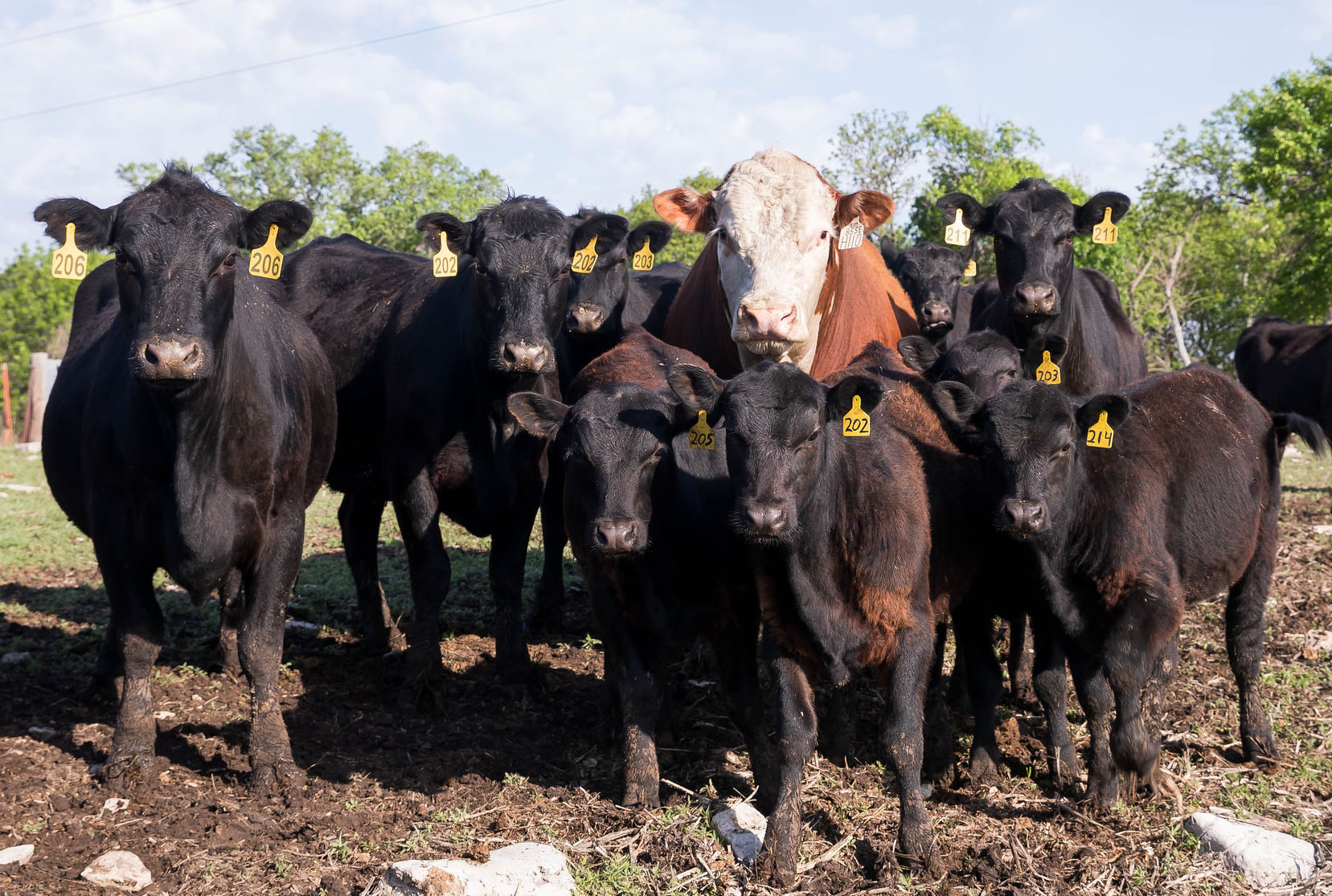K-State beef cattle veterinarians describe lumpy jaw, wooden tongue and cancer eye
As grasses within a pasture mature, various physical changes occur, which impact the cattle grazing them. For instance, older plants dry out and lose nutritional value, but also develop coarse stems – making cattle more susceptible to injuries involving their face and eyes.
On a recent episode of the Cattle Chat podcast, Kansas State University veterinarians recommend producers watch for lumpy jaw and wooden tongue as their pastures start getting “stemmy.”
“Green, growing grass isn’t likely to cause these problems,” said K-State veterinarian Bob
Larson. “Lumpy jaw and wooden tongue happen when the tissues of the mouth are damaged on rough textured forages.”
In the case of wooden tongue, damaging incidents to the mouth allow for germs that live within the animal to cause an infection.
“It’s not really something that cattle get from other cattle. It’s caused by bacteria that are normally in the mouth and throat area,” Larson said.
K-State veterinarian Brad White adds: “Coarse feeds and grasses can damage the mucous membranes and cause lesions.”
Cattle with wooden tongue display obvious physical symptoms, according to Larson and White.
“Their tongue gets large and tends to hang out of their mouth, making eating difficult. They look like they are panting or drooling,” Larson said.
“It gets stiff, swollen and painful,” White said. “You do not very often see an animal – a cow especially – sticking their tongue out of their mouth; they’re not doing it to play. They are doing it because their tongue won’t go back in.”
Like wooden tongue, cattle contract lumpy jaw through the bacteria that inhabit their mouths.
“After an injury, (bacteria) gets into some of the other tissues of the mouth,” Larson said. “What’s dangerous about that one is it can invade bone. If that happens, it becomes difficult to cure.”
Larson said when producers discover lumpy jaw and wooden tongue in their earlier stages, cattle have a better chance of recovering.
“A lot of times these cases will be treated intravenously,” he said. “This is pretty effective at bringing those two syndromes back to normal but contact your local veterinarian before making any treatment decisions.”
When examining an animal’s mouth and face for lumpy jaw and wooden tongue, Larson suggests that producers monitor the eyes as well for squamous cell carcinoma, or cancer eye.
If this affliction goes untreated, cattle may face the same fate as their lumpy jaw and wooden tongue-infected counterparts.
“Cattle can get a cancer of the eye – often in their third eyelid. If you treat it early with surgical removal of that area, those animals respond well and can go ahead and have multiple years of productive life after that,” Larson said.
However, “If that cancer spreads and it involves the bones of the head, that is not going to get better, and it is time to think about euthanasia just from an animal welfare standpoint.”
To hear the full discussion, listen to Cattle Chat on your preferred streaming platform.
PHOTO: K-State veterinarian Bob Larson says cattle cannot transmit lumpy jaw or wooden tongue to each other. Groups of animals only contract the diseases when consuming the same coarse grasses. (K-State Research and Extension)




